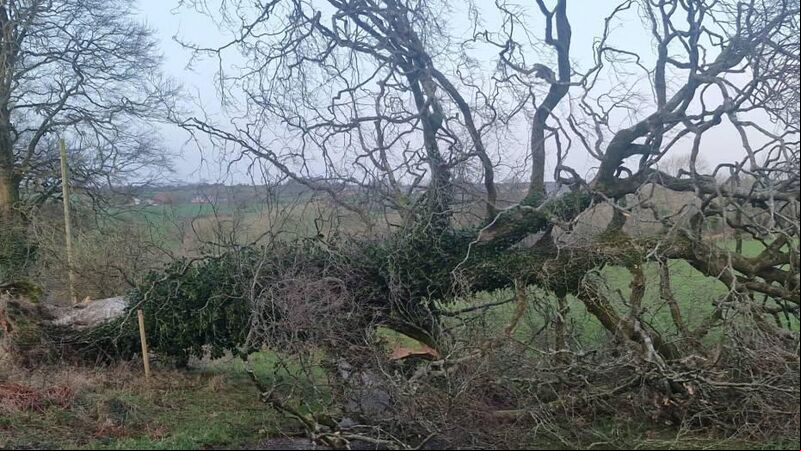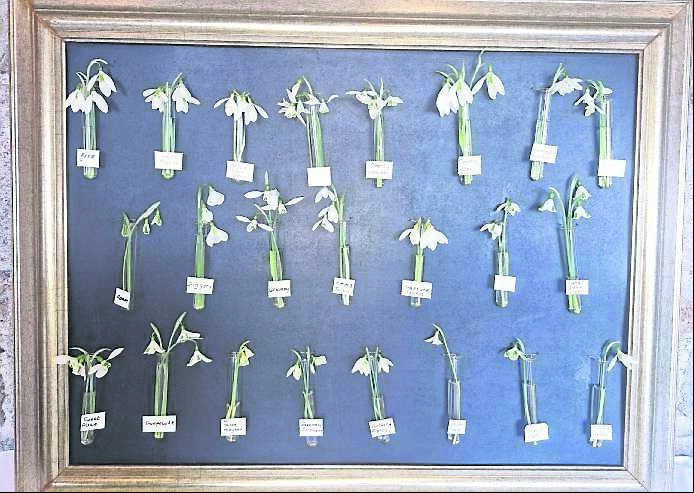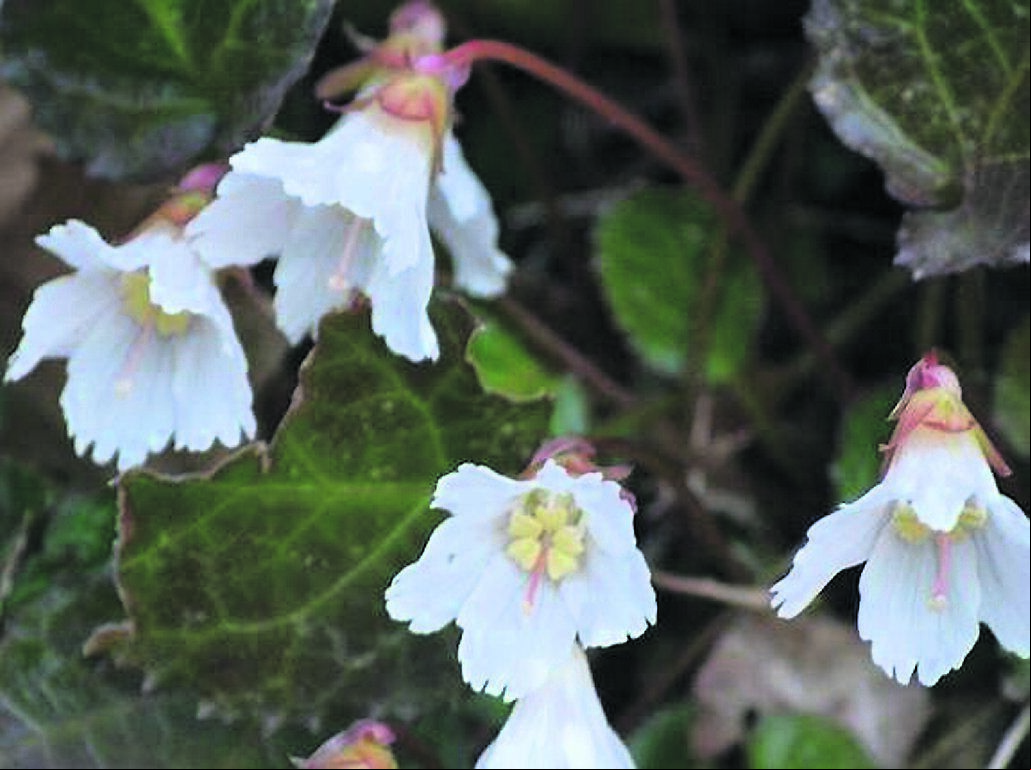In the garden: Planting trees that are storm-proof

A large beech tree, rotten at the centre, that came down in Storm Éowyn recently
In the aftermath of the windy weather of late, that has seen lots of veteran trees the length and breadth of the country brought to the ground, we need to consider tree planting, what to plant, and where to plant moving forward.

Keith Wiley gardens at Devon in the UK on a three-acre site and his style of gardening involves a lot of shaping and forming of the land, creating hills and canyons with unique microclimates which are then planted up with an array of plants from around the world.

After doing some research about these plants, I found that Shortia galacifolia, or Oconee bells is a plant native to the Appalachian Mountains of North America. It is a low-growing (15cm) evergreen perennial found in woodland locations in soils with good drainage and high organic matter content. It is considered a fairly rare wildflower.







 App?
App?


